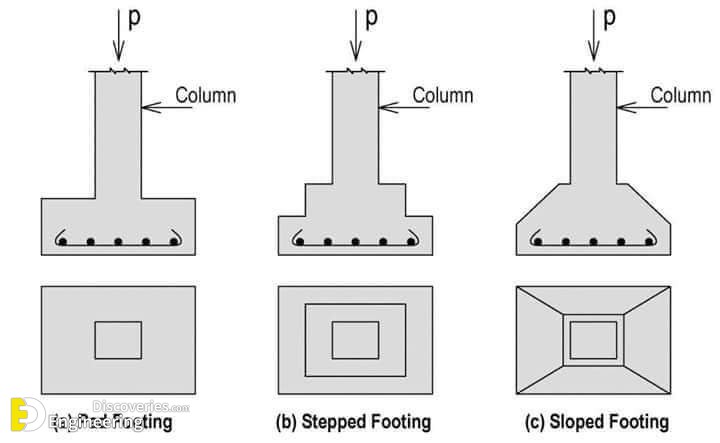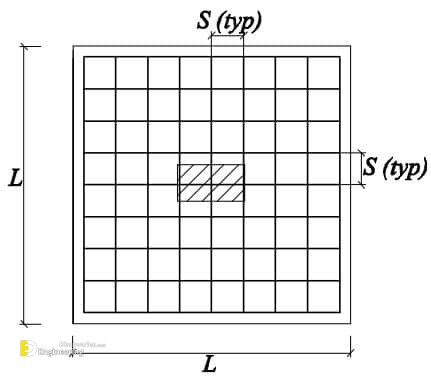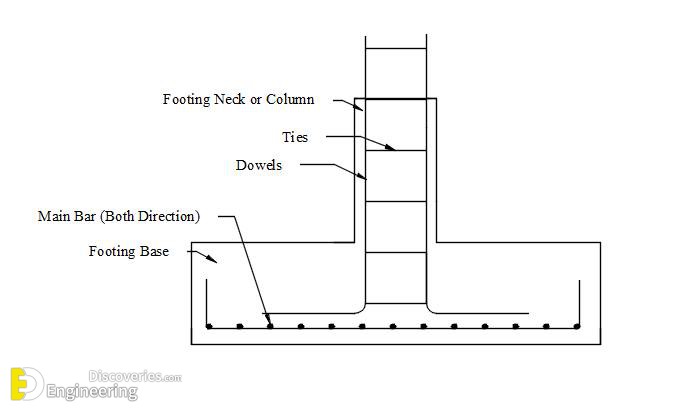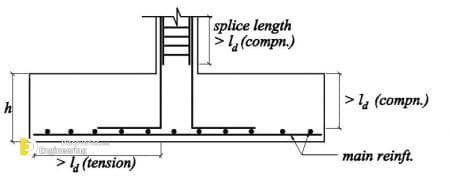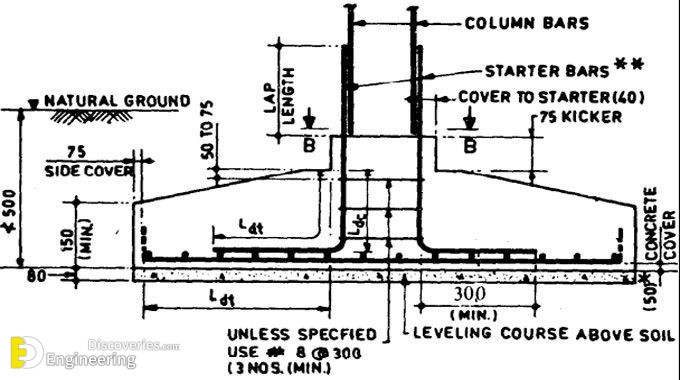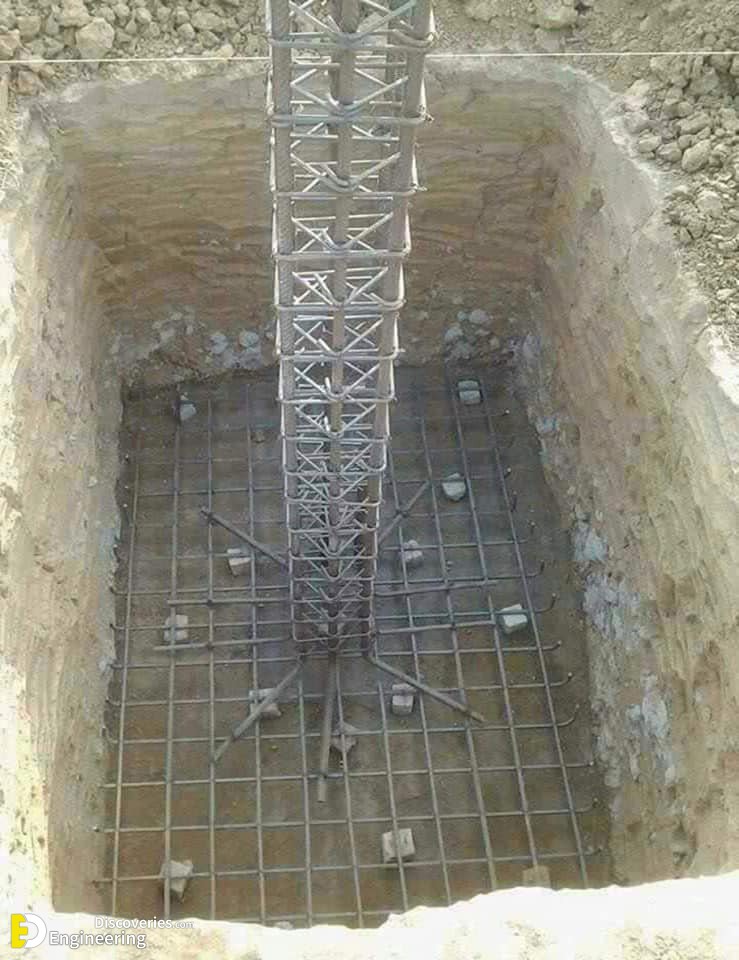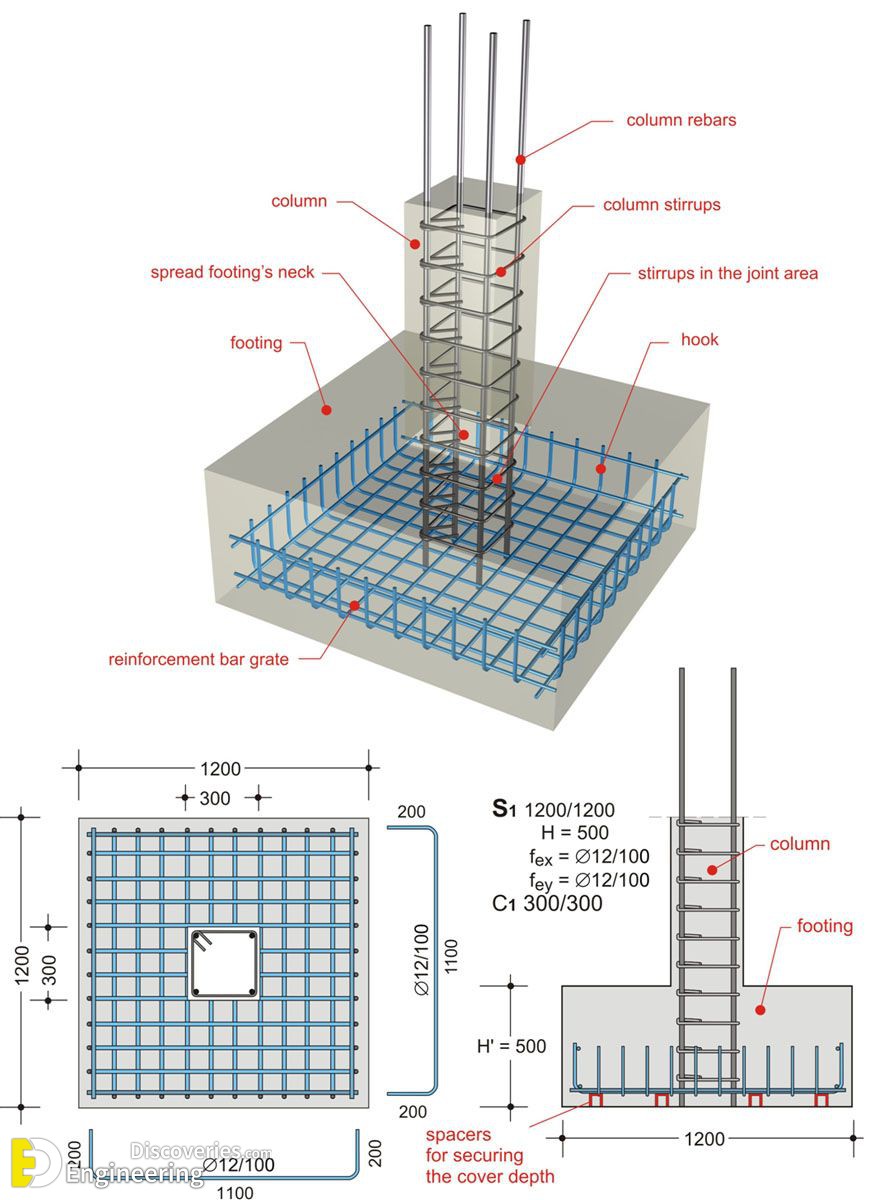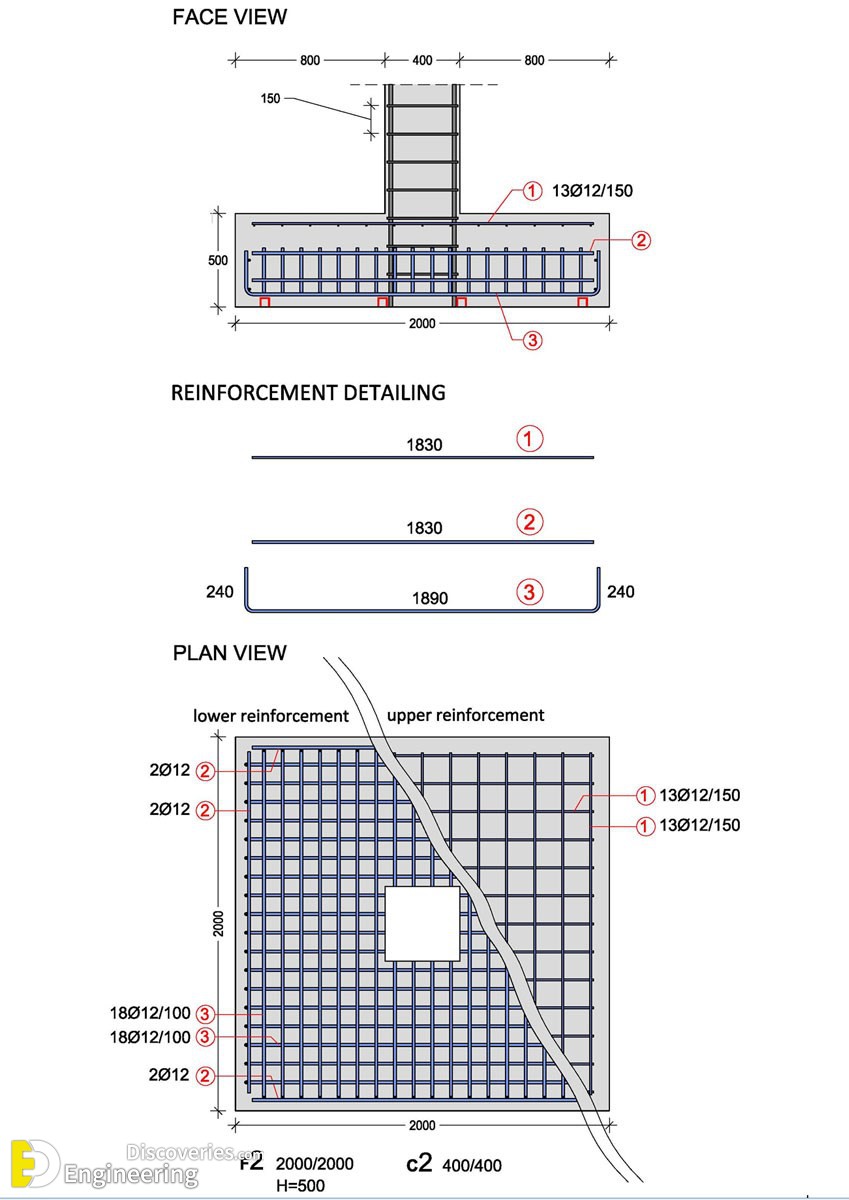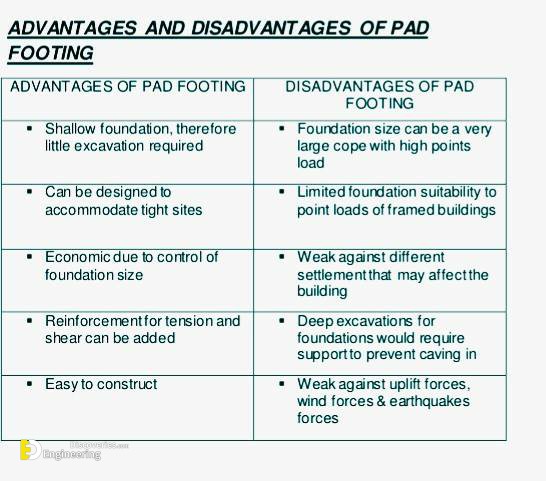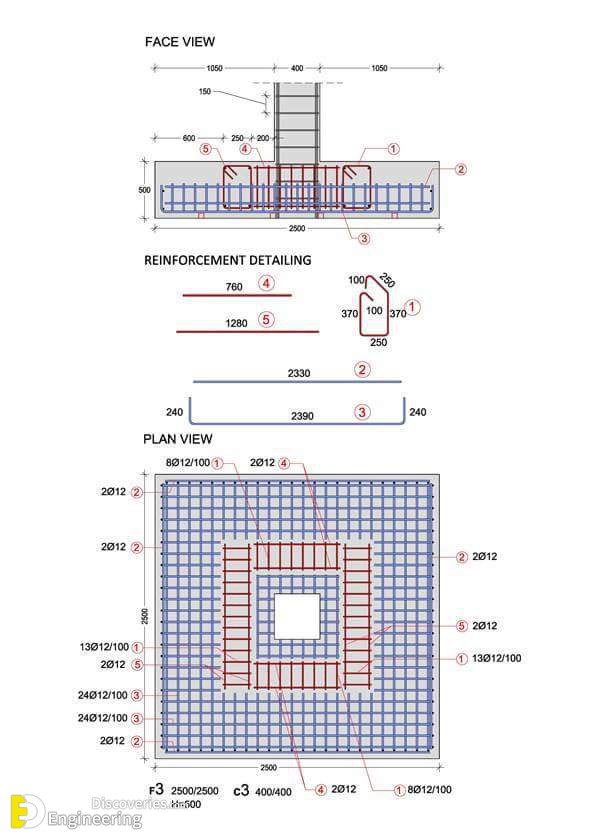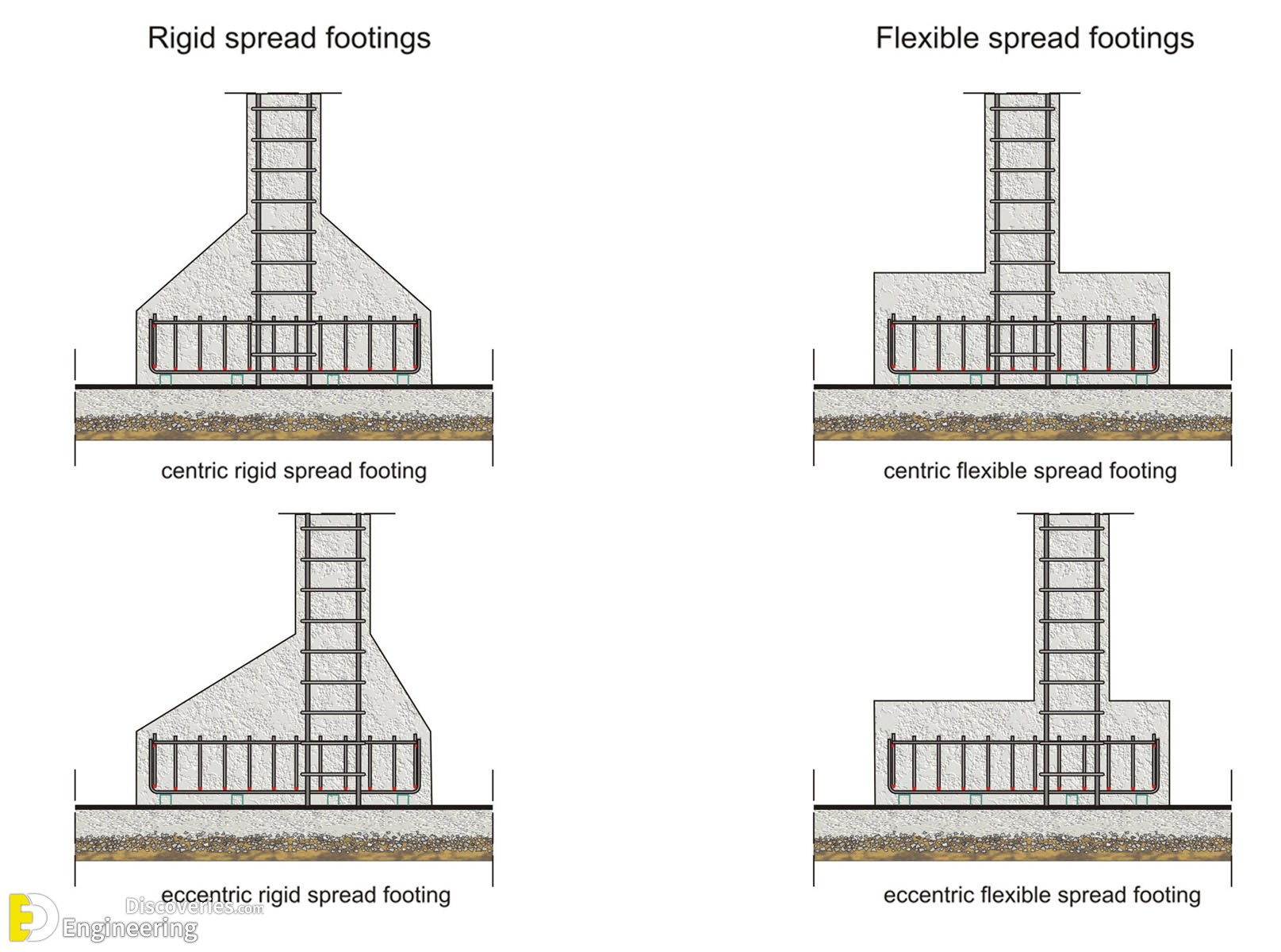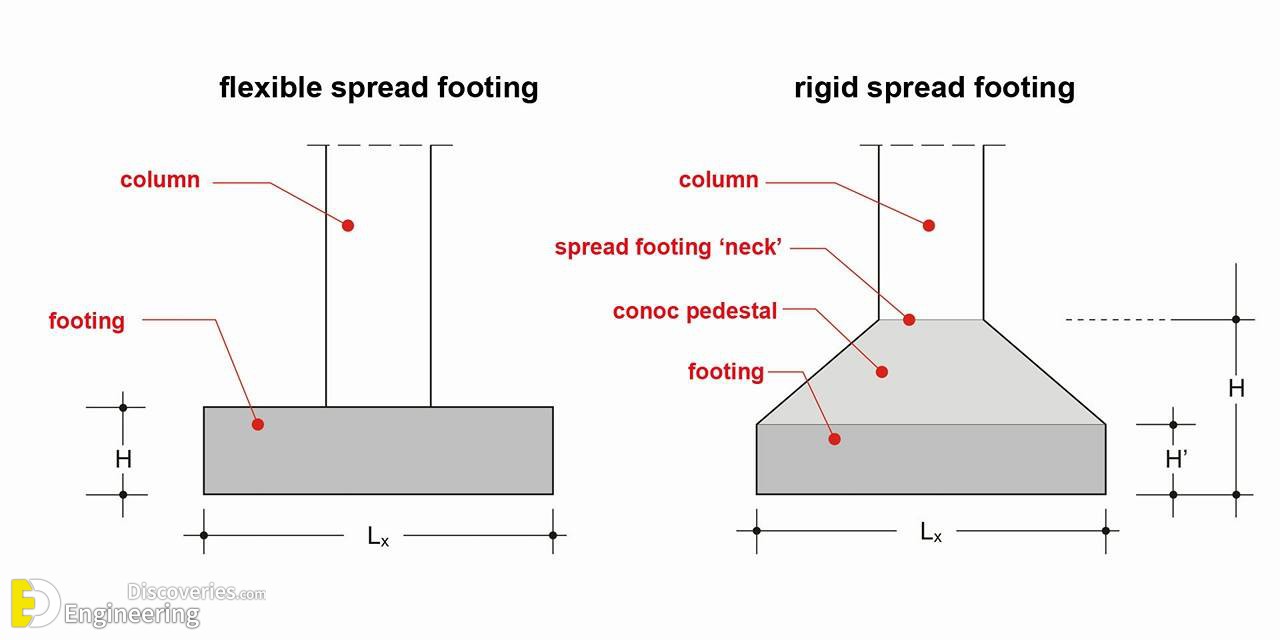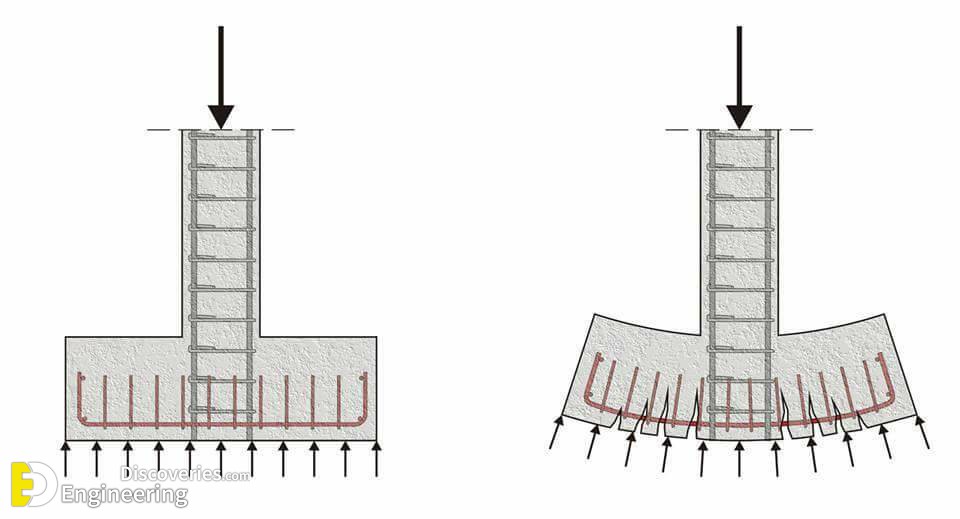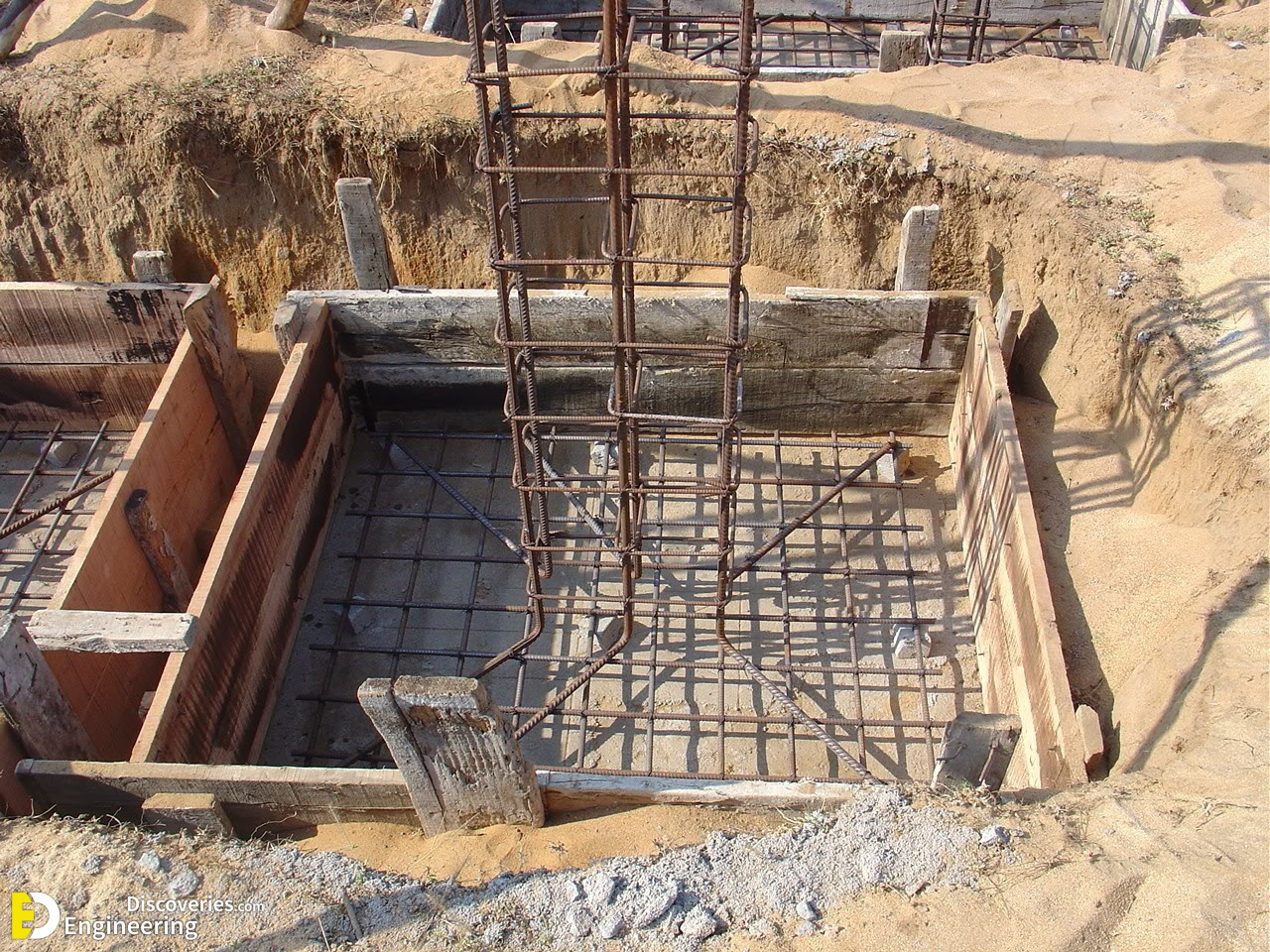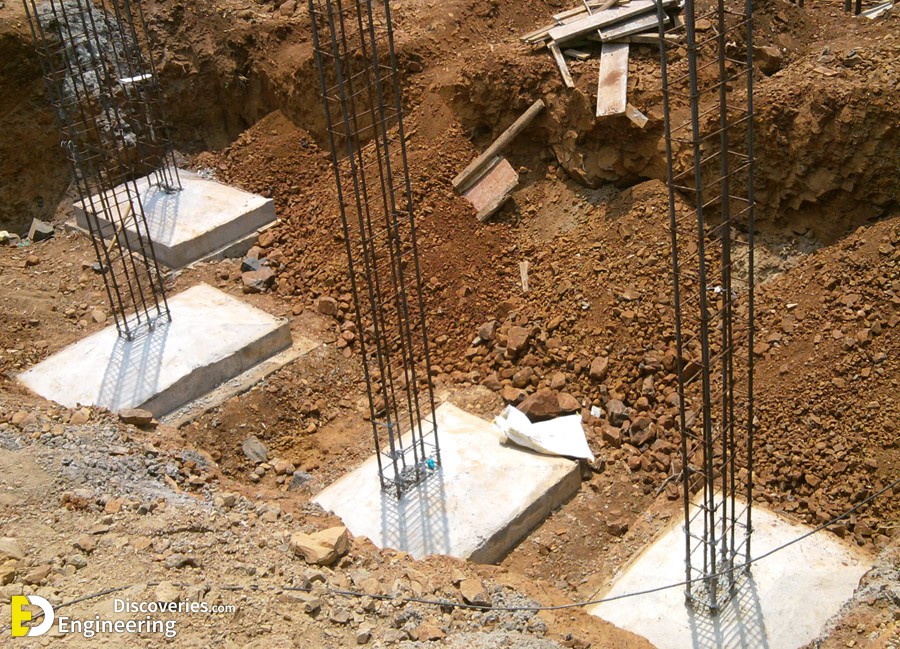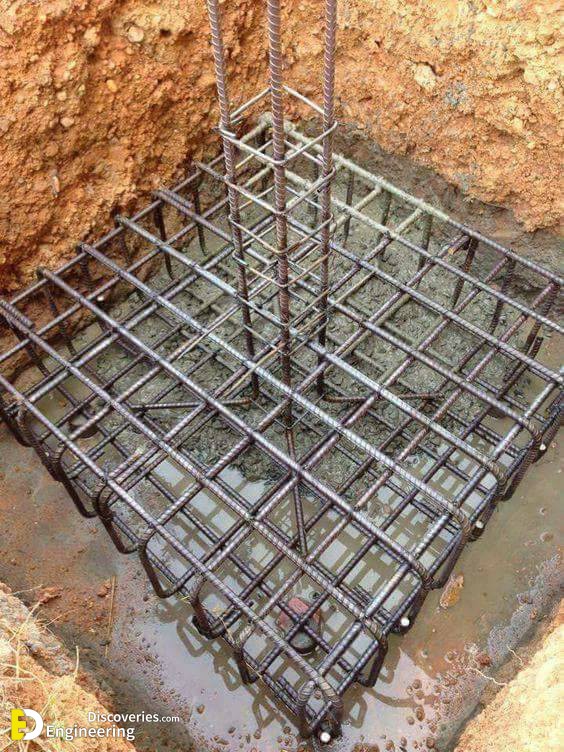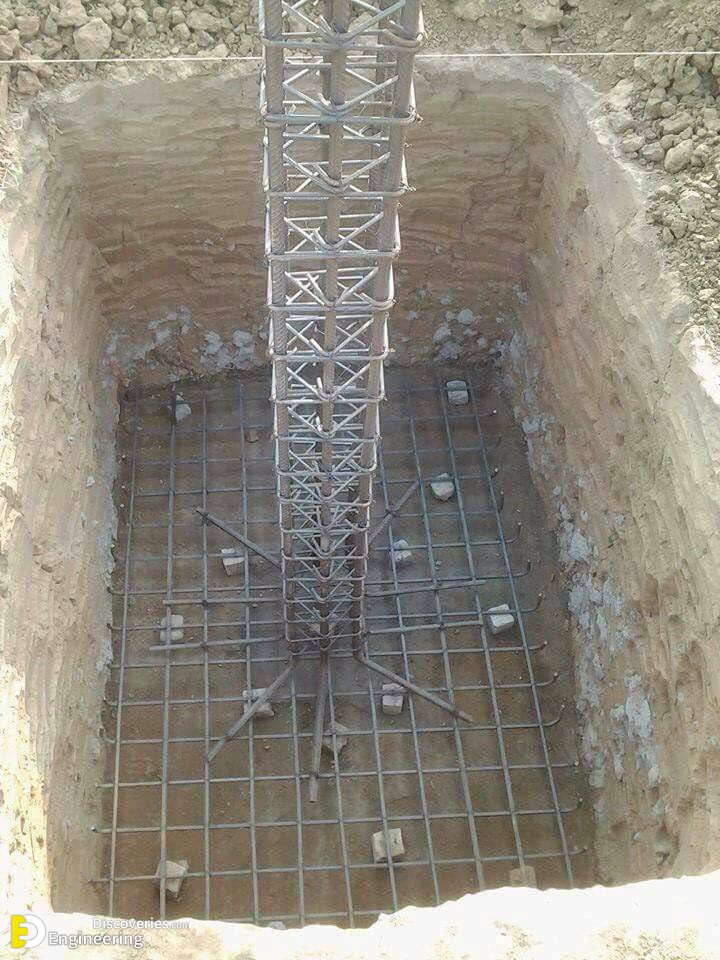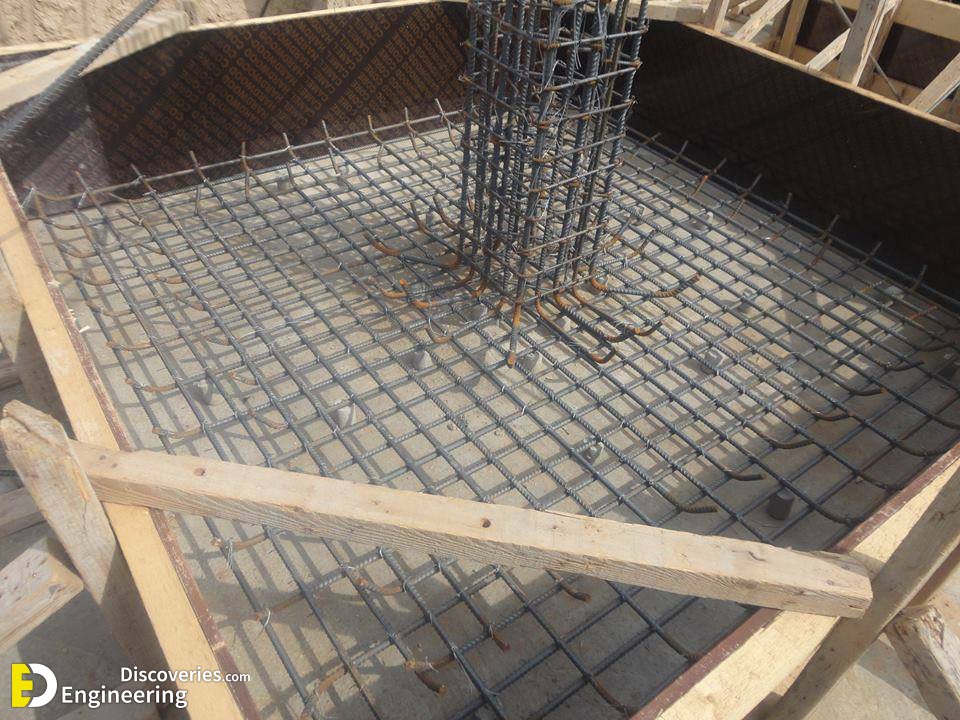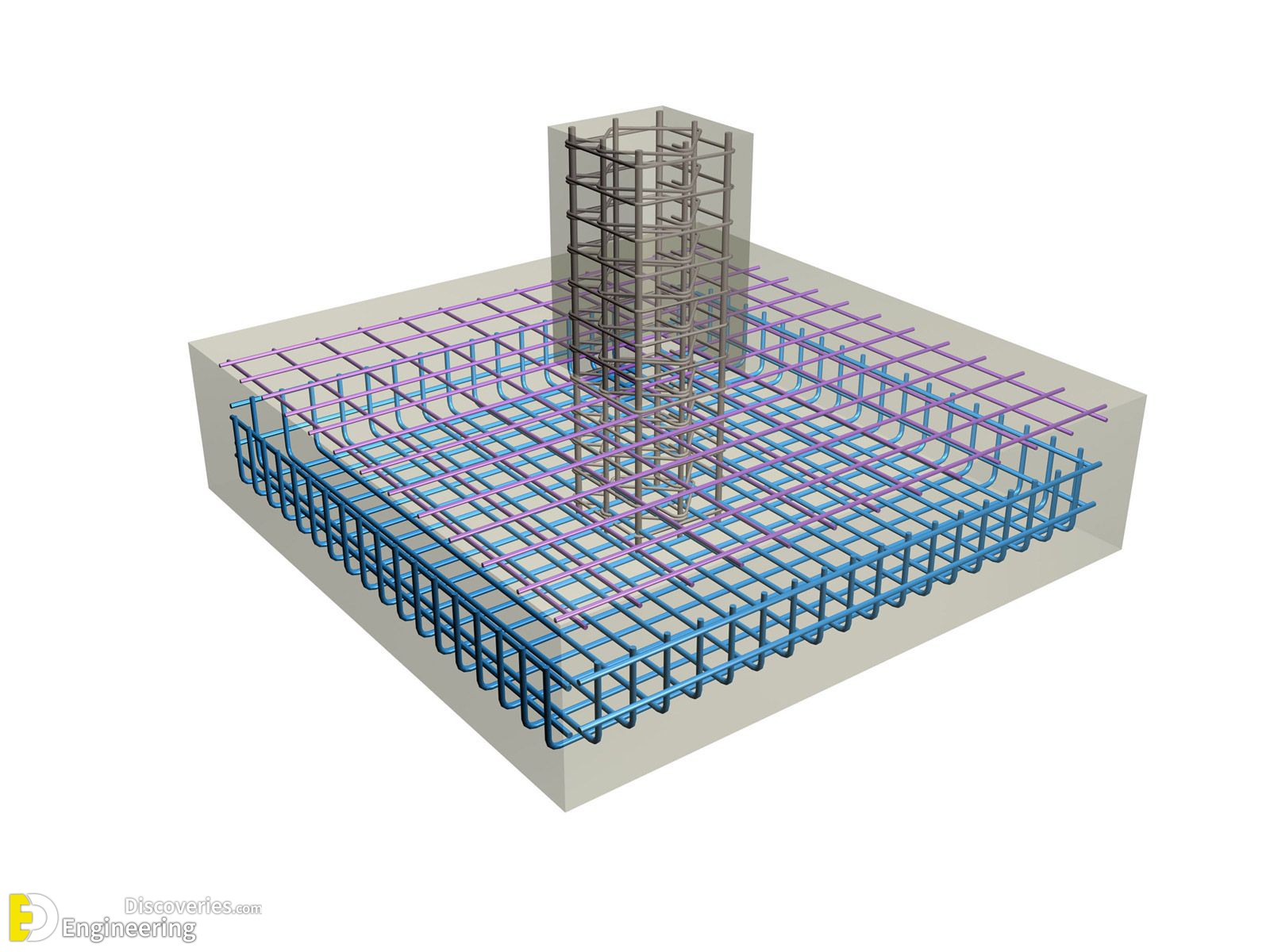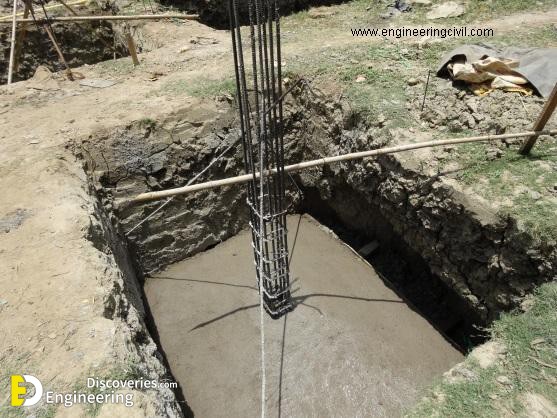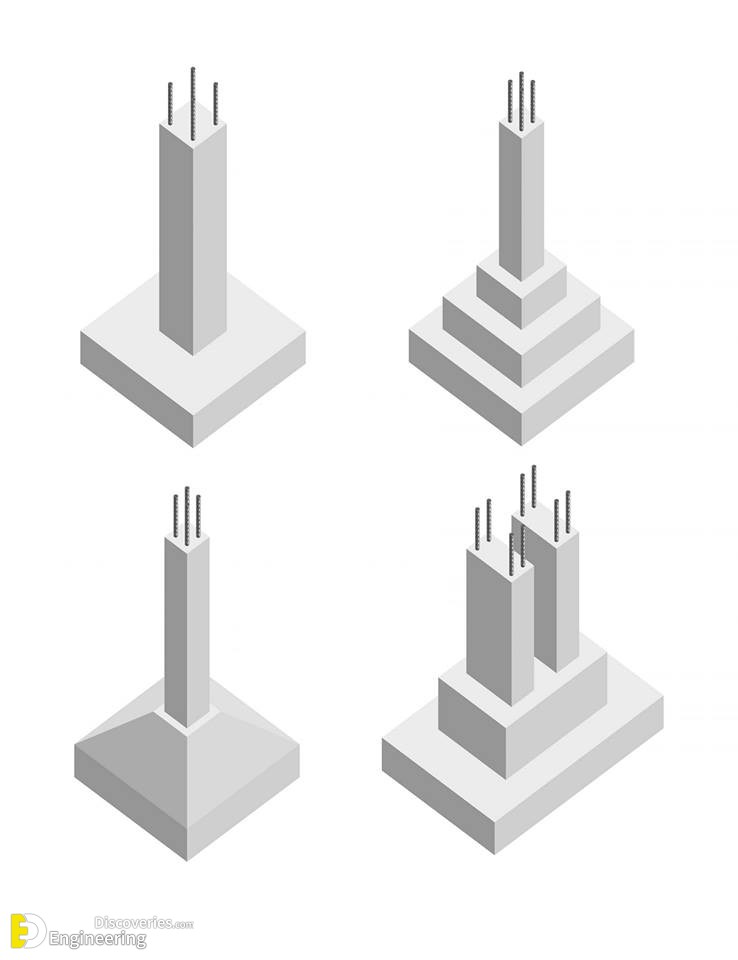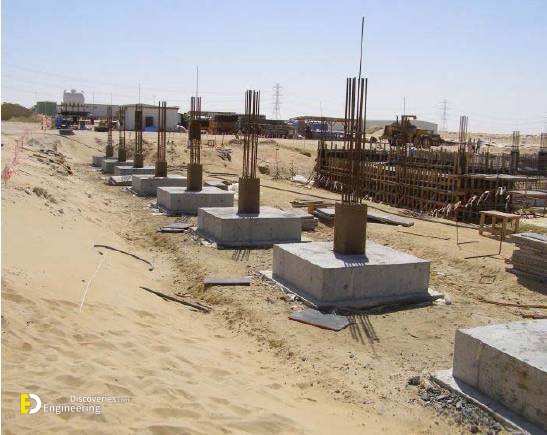There are different types of foundation based on no. of the factor. The isolated footing is one of the most popular and simplest types of foundation used worldwide. Foundations are very important to the building. Ultimately the entire load of the building is transferred to the ground through the foundation. Isolated footings are the most commonly used footings for Reinforced cement concrete column because it is simple and most economical. An isolated footing is used to support a single column. Isolated footings are independent footings that are provided for each column.
This type of footing is used when
1- Columns are not closely spaced.
2- Loads on footings are less.
3- The Safe bearing capacity of the soil is generally high.
The Isolated footings essentially consist of a bottom slab. There are three basic types of bottom slabs are
1- Pad footing (with uniform thickness)
2- Stepped footing (with nonuniform thickness)
3- Sloped footing (trapezoidal section)
Reinforcement detailing of isolated footing include:-
1- The concrete cover of Reinforcements
According to IS 456-200, the minimum thickness to main reinforcement in footing should not be less than 50 mm if the footing is in contact with the earth surface directly, and 40 mm for the external exposed face such as surface leveling PCC. If surface leveling is not used, then it is required to specify a cover of 75 mm to cover the uneven surface of excavation.
2- Minimum reinforcement and bar diameter
Minimum reinforcement shall not be less than 0.12 percent of the total cross-sectional
area. The minimum diameter for the main reinforcement should not be less than 10 mm.
3- Reinforcement Distribution in Footing
In one-way RCC footing, the reinforcement is distributed uniformly across the full width of footing. In two-way square footings, the reinforcement extending in both directions is distributed uniformly across the full width of the footing. But in the case of two-way rectangular footings, reinforcement is distributed across the full width of footing in a long direction. However, for short direction, the reinforcement is distributed in the central band as per the calculations below. The rest reinforcement in a short direction is distributed equally on both sides of the central band.
Reinforcement in central band/Total reinforcement in short direction= 2/(x/y)+1
Where y is the long side and x is the short side of the footing.
4- Dowel reinforcement
Dowel reinforcement is used to tie the isolated footing to the above column. with regard to dowel reinforcement development length, the development length of dowel bars into the column and the isolated footing shall be provided and clearly shown in the design drawings.
5- Lap splice
Splice length of dowel and column reinforcement shall be clearly shown. Anchorage of both flexural and dowel reinforcement lengths shall be checked to prevent bond failure of the dowels in the footing and to prevent failure of the lap splices between the dowels and the column bars.
For more information look at the images below:-


